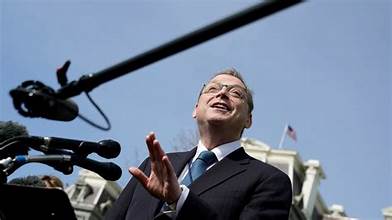The nation’s forex reserves posted a decline of $678 million during the week ended January 21 to reach $634.287 billion, data release by the RBI showed.
In the preceding week ended January 14, the foreign exchange — or forex — reserves had risen by $2.229 billion to $634.965 billion. The forex kitty had hit a lifetime high of $642.453 billion in the week ended September 3, 2021.
For the reporting week ended January 21, the slip in the reserves was on account of a drop in the foreign currency assets (FCA), a vital component of the overall reserves, according to the Reserve Bank of India’s (RBI) weekly data released on Friday.
FCA declined by $1.155 billion to $569.582 billion in the reporting week.
Expressed in dollar terms, FCA include the effect of appreciation or depreciation of non-US units like the euro, pound and yen held in the foreign exchange reserves.
Meanwhile, gold reserves saw an increase of $567 million to $40.337 billion during the week ended January 21, as per the data.
The Special Drawing Rights (SDRs) with the International Monetary Fund (IMF) fell $68 million to $19.152 billion.
India’s reserve position with the IMF also decreased by $22 million to $5.216 billion in the reporting week, the RBI data showed.
Falling forex reserves may cause issues for the government and the RBI in managing the nation’s external and internal financial issues.
Higher reserves are a big cushion in the event of any crisis on the economic front and enough to cover the import bill of the country for a year. Higher reserves also help the rupee strengthen against the dollar.
A rise in reserves will provide a level of confidence to markets that a country can meet its external obligations, demonstrate the backing of domestic currency by external assets, assist the government in meeting its foreign exchange needs and external debt obligations, and maintain a reserve for national disasters or emergencies.




